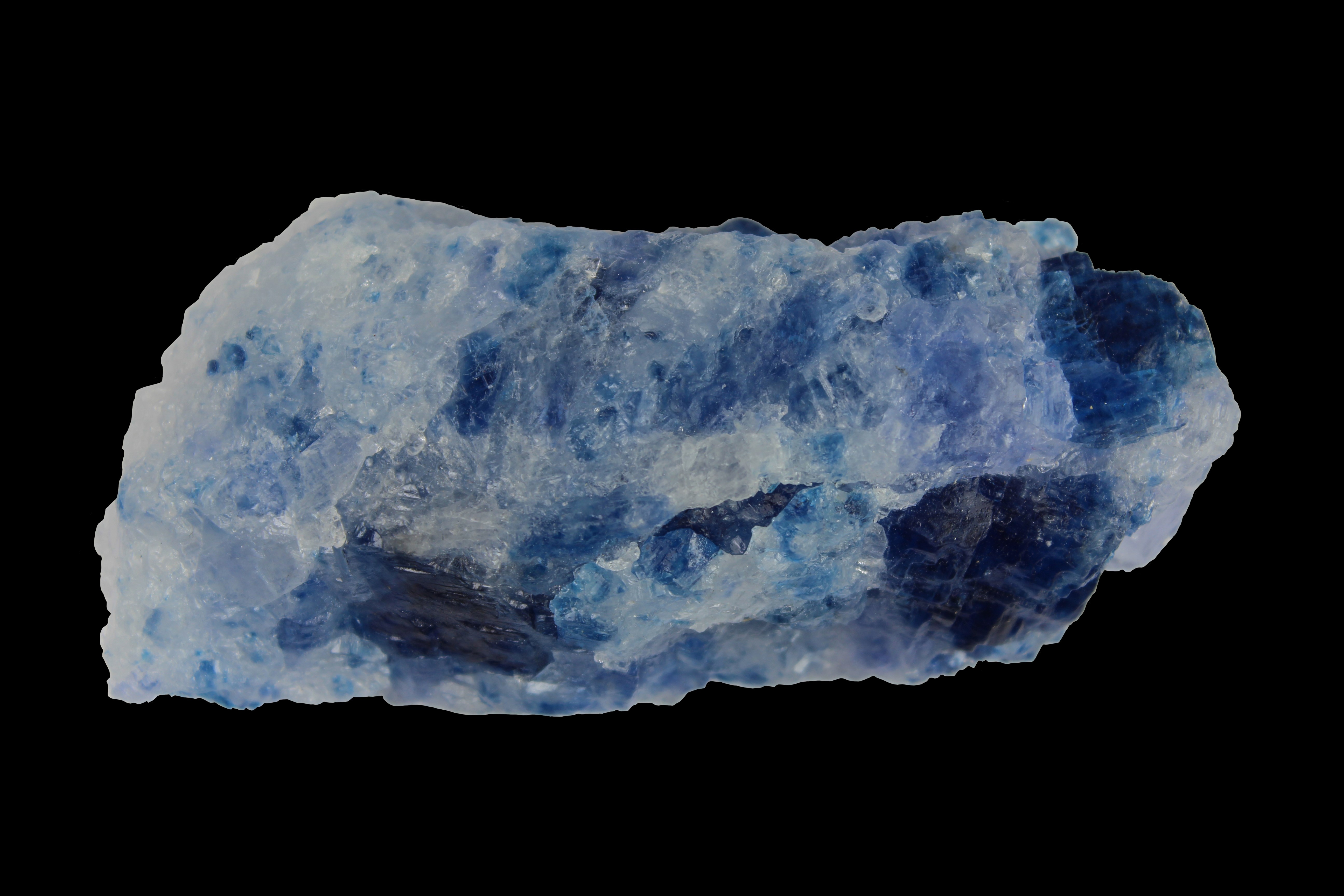New insights into the Earth’s formation

Meteorites contain far less chlorine, bromine and iodine than previously thought. This was the finding from new measurements carried out by a team of international researchers. The new result allows some interesting conclusions to be drawn about the Earth’s formation: there were phases with an abundance of volatile elements on the Earth’s surface right from the start, not just after it was subsequently bombarded with meteorites from outer space.
Cosmochemists had previously faced a conundrum. Measures taken from meteorites had originally indicated a much higher proportion of the halogens chlorine, bromine and iodine than might have been expected, given their prevalence in the bulk silicate earth (BSE). But the new studies show that these results were incorrect. “Now everything fits together better,” says Henner Busemann from the Institute for Geochemistry and Petrology at ETH Zurich and PlanetS. He belongs to a group of international researchers who analysed samples from 24 meteorites. For their investigations, the team used a reactor in which neutron irradiation converts the halogens into noble gases – a particularly accurate method developed at the University of Manchester.
In a paper published in the journal Nature, the scientists report that they found far less and very similar chlorine, bromine and iodine in the meteorites than colleagues had detected in earlier studies of similar samples. The discrepancy between this study and the older data is probably attributable to the differences in preparing the samples, according to Patricia Clay from the University of Manchester and her co-authors. Contaminating material from the Earth could have distorted the previous measurements.
Many of the meteorites examined came from Busemann’s collection accumulated for his studies. The samples also included a fragment from the meteor that crashed to Earth in 2013 in Russia’s Chelyabinsk region. “Many meteorites contain more or less exactly the same elements as they did at the dawn of the solar system,” explains the ETH researcher who is also a member of the NCCR PlanetS. By comparing the prevalence of the elements in the meteorites with those contained in bulk silicate earth, conclusions can be drawn about the Earth’s formation and evolution. Halogens play an important role here, as their extreme volatility means they evaporate even at low temperatures. In addition, they are significant components of salts. Salt is essential for most of the planet’s life forms, but the quantities need to be just right, as excessive amounts can be very damaging.

Halite crystal: The mineral commonly known as rock salt is a halogenide and the natural form of sodium chloride (NaCl). (Museum Oxford)
Halogens survived the initial heat phase
It was previously assumed that both volatile elements and water only appeared on Earth once comets and asteroids had started to bombard the evolved planet. “But now we have discovered that the amount of halogens in the meteorites is not as much as originally thought, this theory does not account for the incidence of these elements in the Earth’s surface,” Busemann says. “We can therefore conclude that not all the halogens were lost while the Earth was still very hot and when it collided with other large celestial bodies to form the moon.”
Surprisingly, almost all halogens are to be found in or above the Earth’s surface, and in the oceans, while the Earth’s mantle only contains a small proportion. “This distribution must have already existed during the Earth’s formation,” explains the geochemist. The rate at which gases escape from the interior of the Earth’s mantle into the outer layers is too ineffective: millions of years would still not suffice. But why haven’t the volatile halogens evaporated from the Earth’s surface into the atmosphere since then, as might have been expected? “There must be a process that has retained the halogens since the Earth’s formation, associated with hydrous phases,” says Clay. The researchers conclude there must have been an abundance of water on the Earth’s surface even in the very early stages of its formation.
Reference:
Patricia L. Clay, Ray Burgess, Henner Busemann, Lorraine Ruzié-Hamilton, Bastian Joachim, James M.D. Day, Christopher J. Ballentine: Halogens in chondritic meteorites and terrestrial accretion, Nature, 30 Nov 2017.
http://nature.com/articles/doi:10.1038/nature24625

